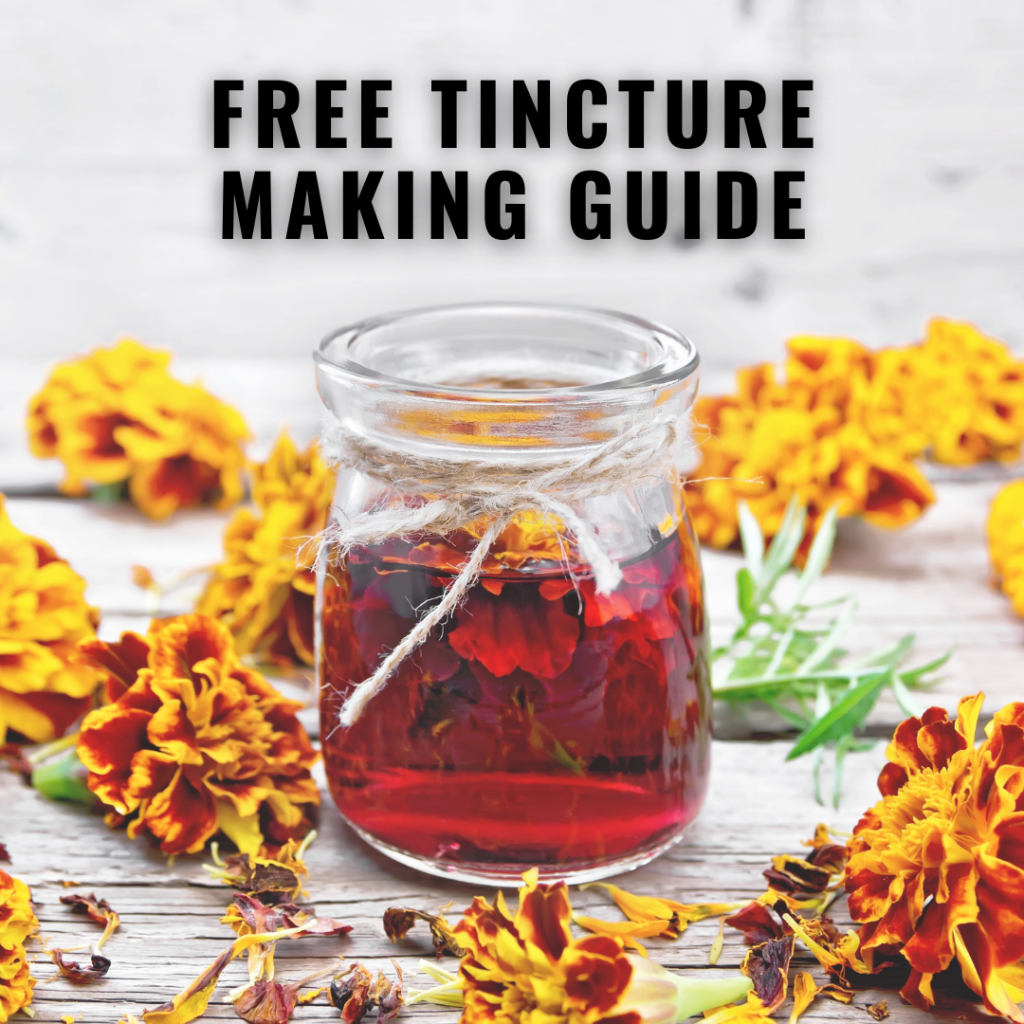Homesteading can mean a lot of things depending on who you ask. For us one of the key components is self sufficiency and home-cooked food. Over the last few weeks I’ve read terrifying articles, one after another about mass produced food found in our grocery stores and the toxins that come along with them. It’s enough to make me want to stop eating all together; if it didn’t result in the very inconvenient side effect of death. So if I can make it myself, I do.
We’re currently in our fourth week of our Spring Detox and elimination diet and we’re going through a lot of hummus. It’s loaded with fibre, protein and lots of healthy nutrients. It makes a delicious snack and a healthy part of a small lunch. Making your own has the added bonus of being far cheaper than store bought and everyone who follows me knows I’m quite frugal 😉 In addition to saving the budget, anything homemade means you can control the ingredients and what goes into it (or rather, what ISN’T going into it).
DISCLOSURE: In order for me to support myself and my herbal clinic, I may receive monetary compensation or other types of remuneration for my endorsement, recommendation, testimonial and/or link to any product or services from this blog. I truly appreciate all the support you have shown my blog and my business and I will only ever recommend products that I use myself, truly love or covet. Many thanks.
Canned vs. Home Cooked Chickpeas
Whenever possible you should try to use home-cooked beans. Better yet, make huge batches and can them in your pressure canner. If you are going to buy your beans try to find a brand that doesn’t use BPA in their lining. This is not easy to do by the way and the only brand we have at our grocery store is Eden Organic. In general we try our best to avoid canned foods because of the BPA liners. Thankfully there are some companies that have changed their ways and we now have sources for coconut milk and tuna as well that are BPA free.
How to Use Hummus
For folks who have never made or consumed hummus it might seem like a strange thing to eat a lot of. For those who do eat it, there are so many more options than just a dip. Here are some of the ways we use our homemade hummus.
- a dip for tortilla chips and/or rice crackers
- sandwich spread
- condiment for burgers (delicious with mustard and sprouts)
- dressing for pasta salad (just thin it out with water and a bit of oil)
- salad dressing (same idea as the pasta salad dressing just use a bit more water/oil to thin it out)
- added to homemade soups
- a topping on homemade pizza
Freezing Hummus
Whenever I make hummus I split it into three portions – keeping one in the fridge and freezing the other two. We have had great success freezing our hummus in wide mouth mason jars (not the ones with the neck because they tend to crack). I haven’t noticed any change in flavour at all. Sometimes it will be a bit grainy when I defrost so I just add a bit of extra oil and give it a quick blend in the food processor again.
So without further ado…
- 2 cups chickpeas (garbonzo beans) rinse and drain your beans if you are using canned
- 4-5 cloves garlic
- 5 tbsp tahini
- 3 tbsp fresh squeezed lemon juice
- 1 tbsp low sodium soy sauce or Braggs Liquid Aminos
- 2 tbsp olive oil
- 3/4 tsp ground cumin
- dash finely ground sea salt or Himalayan sea salt
- dash freshly ground black pepper
- 1/4 cup water you may need more or less depending on preference
- Combine all of your ingredients except the water into a food processor and blend until smooth.
- Add water in a tbsp at a time until your hummus reaches the desired consistency.
- Garnish with your favourite toppings (paprika, roasted garlic, cilantro etc). Serve immediately and refrigerate up to 3 days. Freeze in small batches to avoid spoilage.
Thanks and enjoy your hummus!
P.S. Pin for future use 😉















